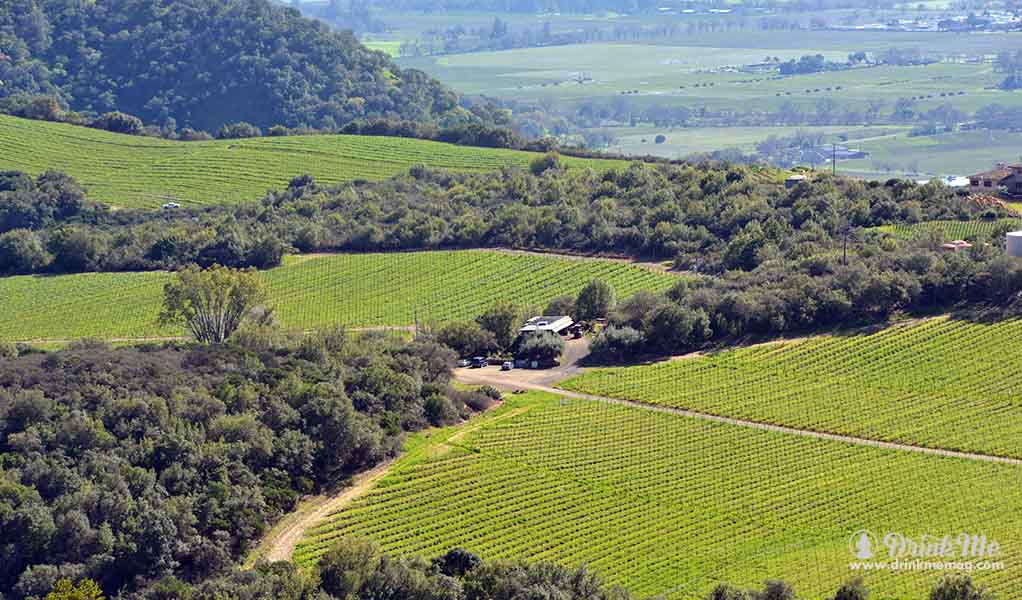Photo Credit: Colin Hampden-White
America is, as stated, the United States of America. These states may be united but, as we all know, each state is very different from the other. One state that makes a big difference to the whole of the USA, politically, economically and culturally, is California. The political hub of the USA may be Washington DC, New York the economic hub and many other states lay claim to being centres of culture, but California stakes its claim as the country’s major wine state. There may be other states growing wine, such as Oregon and Washington, but California is the daddy of the wine states.
Winemaking began in California in the late 1860s and thrived until two major events occurred. Firstly, there was phylloxera, then from 1919 to 1933 there was Prohibition. Prohibition practically wiped out all but a few wineries. The survivors were making wine for the Church. Following this period, there were two main pioneers of winemaking in California. First there was Ernest and Julio Gallo, who started their business in 1933, directly after Prohibition. There was plenty of competition, but they concentrated their efforts on commercial winemaking from pre-prohibition pamphlets found in the basement of the Modesto public library. This became the essence of their initial success. E & J Gallo is now the largest wine company in the USA.
A decade after the Gallo brothers began, Robert Mondavi joined the family business in 1943. The Mondavi family had shortly before bought the Charles Krug winery. Robert eventually started his own winery with his sons in 1966. Michael, the eldest son, was in charge of sales and Tim of the winemaking. This was the first major winery built in the Napa Valley after Prohibition.
In the following years the wines from California were drunk nearly exclusively in the US. Then in 1976 came the “Judgement of Paris”, a blind tasting competition, organised by the UK’s Steven Spurrier, that pitched Californian wines against the best wines from France. California won the day and from then on Californian wines were truly on the map and in demand as wines of the highest quality.

Photo Credit: Colin Hampden-White
There has been much French investment in Napa, including the acquisition of Raymond Vineyards by the Boisset Family Estates. Run by Jean Charles Boisset, who is now married to Gina Gallo, granddaughter of Julio Gallo, he has strong ideas on the experience wine should bring. Even the winery visits are an experience, with stuffed lions and mannequins dressed in lingerie hanging from the ceiling. Coloured lights illuminate the vats and red velvet coats the walls of the tasting rooms. There are model hands protruding from walls holding scent bottles with the aromas the wines produce. It’s a far cry from the experience outside the winery, which is all about the cohesion of land and plant. There is a complete use of biodynamic practices at the vineyard, which is thoughtfully laid out in a garden explaining the processes and philosophy behind biodynamic viticulture and winemaking.
Today there are more than 500 wineries in the Napa Valley and many more in the surrounding American Viticultural Areas, or AVAs, the closest to Napa being Sonoma. Napa is known for its big cabernets and big oaky chardonnays, but this has clearly been changing over the past decade. The wines are neither shy nor retiring in style, yet have a lot more finesse and elegance than 10 or 20 years ago. Back in the 1990s the winemakers of the Napa Valley had a tendency to chase high scores from the wine critic Robert Parker, whose recommendations were influential in the pricing of top Californian wines. These wines were overly concentrated and perhaps a little forced. Since then, the winemakers have been trying to make wines in a style more in tune with the hot days and cold nights of the Napa Valley. They are concentrated but without being over extracted and are more led by the fruit. In the case of the white wines, less new oak has been used, allowing the fruit in the wine to shine through.
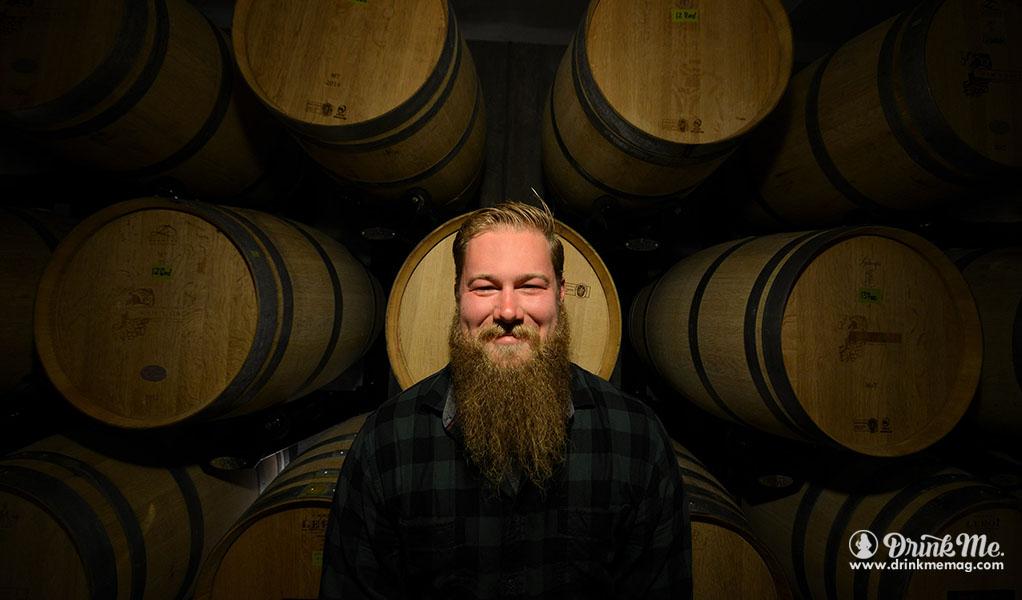
Photo Credit: Colin Hampden-White
A short drive from San Francisco is the Carneros AVA, where the private wine club Ram’s Gate winery is found. With an exquisite club house, dining rooms, terraces and reception rooms all looking out over beautiful landscapes and vineyards, it has a tranquil and relaxed atmosphere in which to drink wine. Most of Ram’s Gate’s wines are consumed by the club and its members. It is a great business model and California seems to be the only place this club-membership style of winery exists to this extent. The wines made here by winemaker Luke Stanko have lots of fine red and black berry fruits and are made with little intervention. It’s not a completely hands-off approach, but certainly has as little manipulation as possible. The wines are easy to drink in their youth and will certainly age. They have a blended chardonnay that represents an overall taste with more affordability, but it is the single vineyard wines that bring out this laissez-faire terroir-driven approach.
The offering from Green Acres vineyard is fresher and more fruit-driven than, for example, the Hyde vineyard, which is richer and viscous with honey and tasty oak. Its pinot noirs have similarly distinctive vineyard qualities. The Gap’s Crown vineyard gives a display of red and black cherries from the Sonoma Coast while the Bush Crispo from Russian River brings darker fruits to the fore, especially back cherry.
While the wines in Sonoma tend to have a little more freshness and delicacy than those from the Napa Valley, that doesn’t mean finesse can’t be found here. In fact, the overall impression of Napa wines is finesse. These wines might have a great deal of power and intensity, but are rarely the over-extracted, overly concentrated fruit bombs that were produced 15 or 20 years ago. These wines can still be found, but their numbers are diminishing.
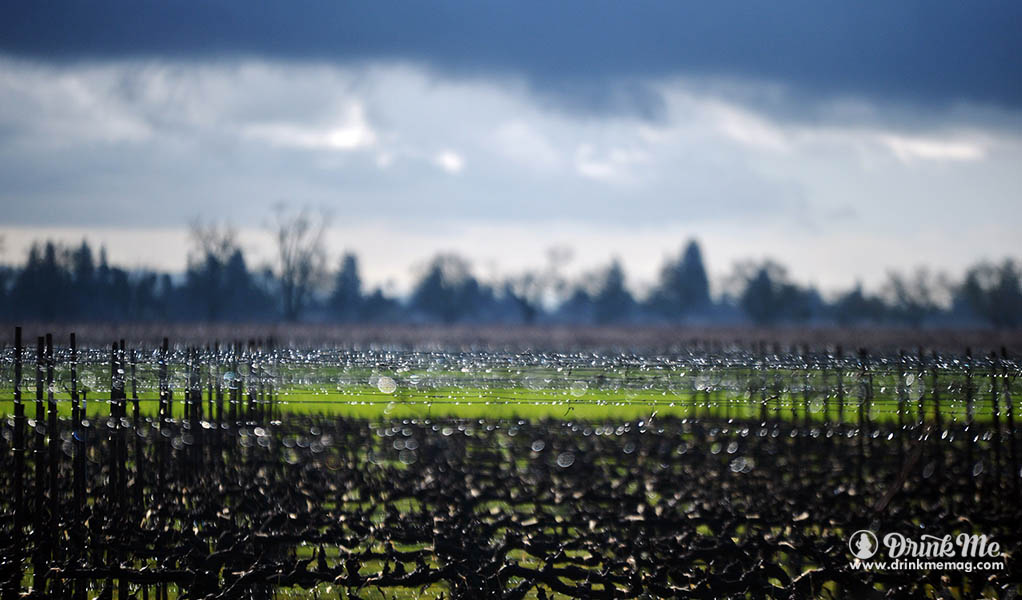
Photo Credit: Colin Hampden-White
One of the oldest names in Napa is Trefethen Family Vineyards. There were fewer than 20 vineyards in the valley when they started. The intention was to sell all the grapes but their son John, while studying at Stanford, was making small batches of wine in the basement of his parents’ Napa home. In 1973 he and his new wife Janet produced their first commercial wine and, just three years later, the winery’s 1976 chardonnay won Best Chardonnay in the World at the 1979 Gault Millau World Wine Olympics in Paris. From this point, helped by John’s business acumen and determination, Trefethen has become a global name.
There are plenty of wineries that export around the world, however only 20 per cent of Californian wine finds its way out of the USA. This means that when visiting California as a wine lover, there are plenty of wineries to discover and in which to indulge. During a meet-the-winemaker event at Peju winery, where winemakers were paired with visitors to make fresh pizzas to match its wines, I found one such winery. Alongside well-known wineries, such as Heitz, Cakebread and Grgich, Silenus sat well. Its wines are made with great precision, delivering powerful, intense fruit yet with finesse. As a UK citizen, I hope they find the distribution into the UK they seek.
Whether the wines come from Napa or Sonoma, there is a unifying factor in the vineyards: they all farm in a sustainable fashion. Sustainability has become a strong force in the valley. Why use pesticides to rid the crops of a certain moth if bird boxes can be erected and the moth’s natural predator encouraged to live in them? Voles and mice, locally known as “critters”, are kept in check with bird boxes made for barn owls. A single barn owl family will eat as many as two and a half thousand critters a year. Insects eat other insects, so plants are grown between the vines to give homes to the good insects. These plants also help the vines grow by taking away excess water in a wet year and holding water in the soil in dry ones. These are a few of the practices that are used across the valley and in the surrounding hills, to whichever extent the size and economy of the vineyard can sustain. These provide healthier vines and, in turn, better fruit to give better wine.
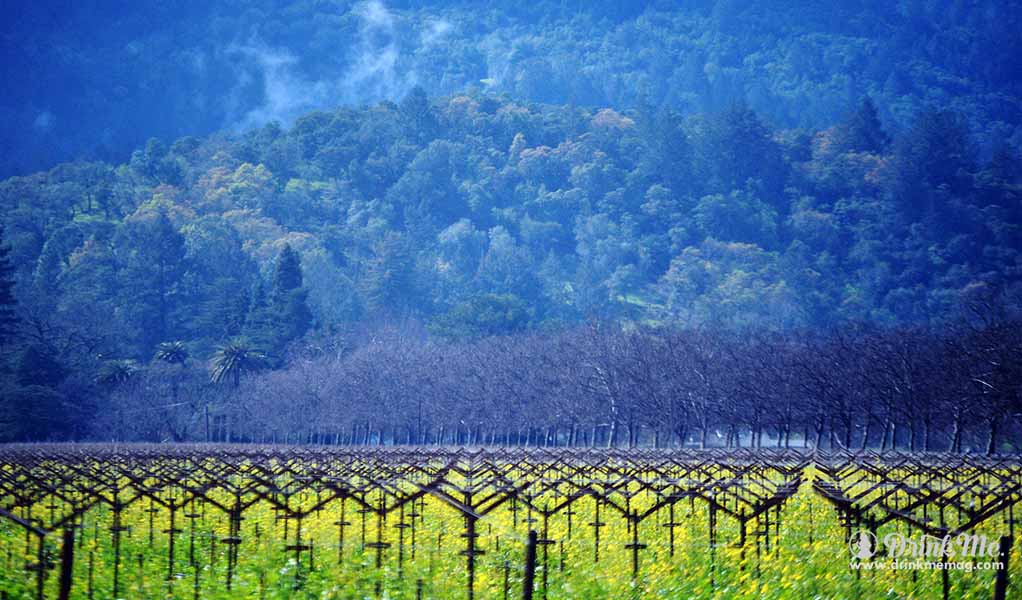
Photo Credit: Colin Hampden-White
With the majority of these wines having great intensity and power, they are perfect to accompany food and, this being America, there is no shortage of food. There are wines of differing properties to go with whatever the menu may hold. Inglenook Rubicon or Cabernet goes perfectly with a fillet steak, a 2008 J Schram Rosé matches a plate of langoustines. There’s even a Black Stallion Cabernet that would go with burgers and Lobster. There are many more grape varieties grown in California than most people know. Riesling and sauvignon blanc sit among the traditional chardonnay and syrah, sangiovese and mourvedre among the pinot noir and cabernet sauvignon. As well as white and red wine, there are rosé wines and sparkling wines. Of particularly good quality are the sparkling wines at Schramsberg made by the Davies family. The blanc de blancs was served at President Nixon’s 1972 “toast to peace” with the Premier of China, Zhou Enlai, and the Schramsberg sparkling wines have been served at official state functions by every US Presidential administration since.
Before I visited California, I was expecting the wineries and vineyards to have an almost Disney-attraction feel. They are immaculate and there is certainly a great deal of money in Napa Valley and on into Sonoma, but Disney they are not. They are perfect, with not a leaf out of place. Clearly, there is not just money but love spent on these properties. MacMurray vineyards is owned by Gallo, a vineyard that used to be a ranch, but Gallo saw the opportunity for a very special vineyard. If one ignores the vines planted in fields that once held cattle, the ranch is very much intact – preserved like a museum to express the lifestyle of the previous occupant, Fred MacMurray. Fred was a well-known film star and starred in more than 100 films in a career that started in the 1930s and went on into the 1970s.
Apart from film, his ranch was clearly his passion and Gallo has managed to capture and preserve that passion. The ranch home is an idyllic setting, with perfect green grass and magnolia trees framing the old wooden buildings where the family used to live. His daughter Katherine still lives and works on the estate, showing visitors around and telling the stories that make this immaculate showpiece a real home with history.
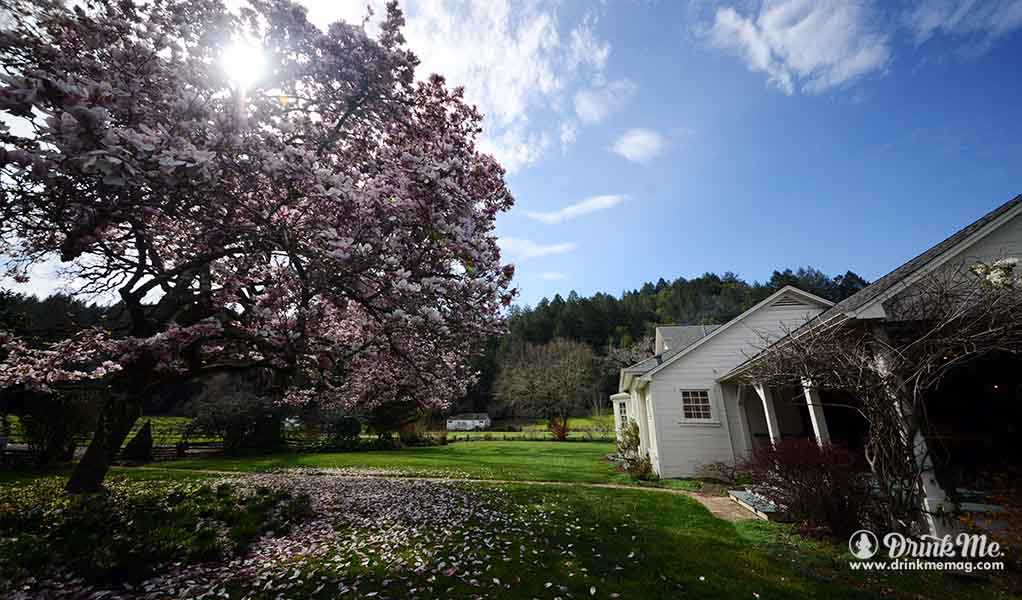
Photo Credit: Colin Hampden-White
At the other end of the history scale, Ovid winery was built a little over 10 years ago on Pritchard Hill, overlooking the whole of the Napa Valley. Undeniably modern, with a gravity-led system, the winery, offices and hosting areas have views out to the San Francisco bay on the left, right up to the top of the valley on the right. Ovid is a blend of four Bordeaux grape varietals – cabernet sauvignon, cabernet franc, merlot and petit verdot – varying in proportion from year to year simply to create the best the land can offer in any one vintage. Ovid is a membership-based winery and, unsurprisingly given the quality of the wines produced by Austin Peterson, has a waiting list.
The quality of the wines of Napa and Sonoma is clear. The question is more about how one defines greatness in wine in general, because these wines are certainly as good as any other wines considered great throughout the world. The answer to this question was attempted by a panel of expert winemakers hosted by wine writer Karen McNeil. Among many criteria discussed, such as balance and a wine giving an expression of its place, there was one criterion that had to be in place before the others could be contemplated: a wine must be delicious. A subjective criterion, but a wine must at least have this attribute to the majority who taste it. If the wines of California are made with this achievement front of mind, then they have certainly been successful.










